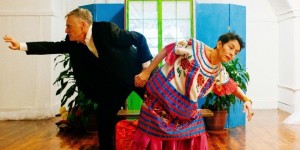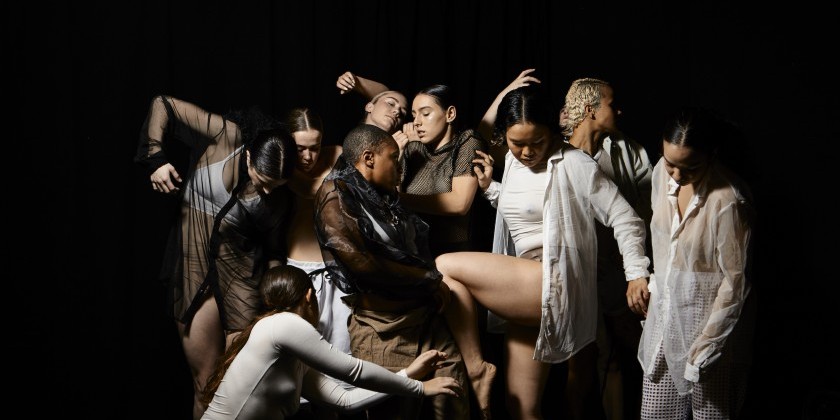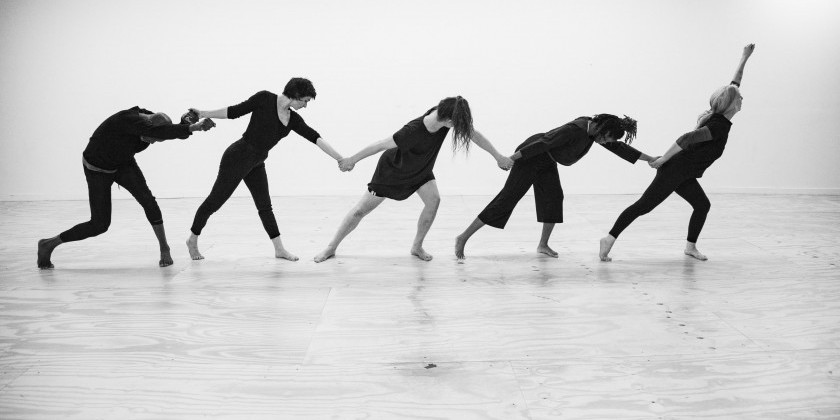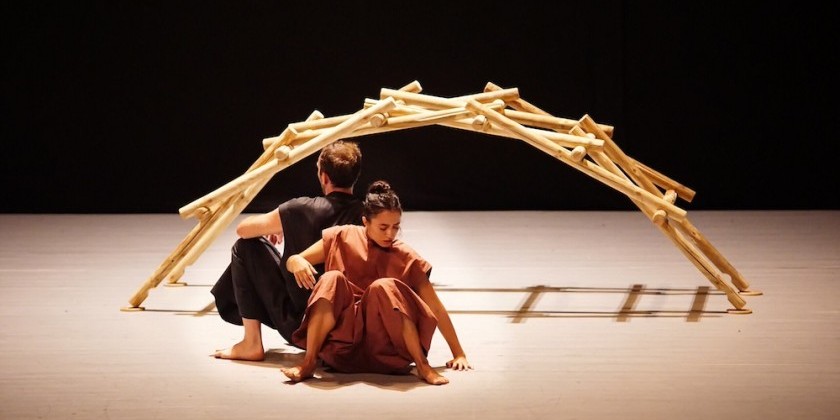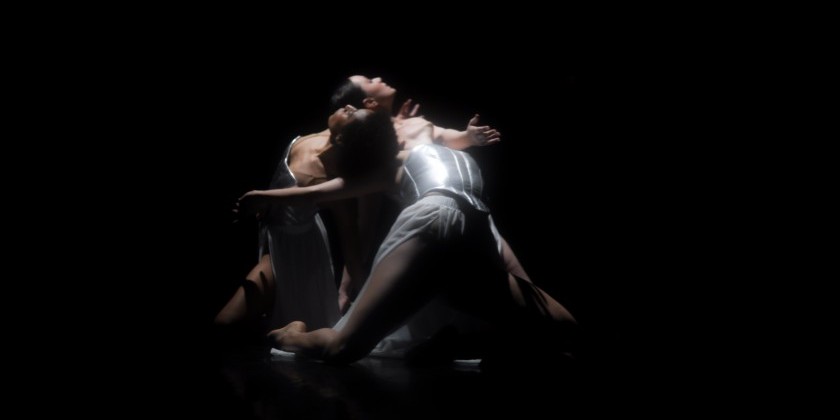Cherylyn Lavagnino On "Tales of Hopper" & Painter Edward Hopper's Quiet Despair
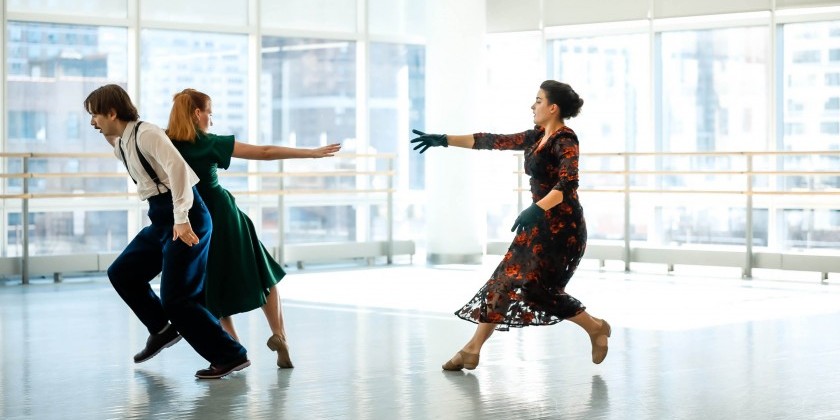
Catch Cherylyn Lavagnino Dance In NYC This February 25-26, 2020
Cherylyn Lavagnino Dance will premiere Tales of Hopper on February 25 and 26 at The DiMenna Center for Classical Music, Mary Flagler Hall, in NYC. Each performance will also include two works from the company repertory.
GET YOUR TICKETS: talesofhopper.brownpapertickets.com
Do you recall when and where you first saw Edward Hopper’s work? In a magazine? At the Whitney Museum of American Art?
Cherylyn Lavagnino: I first saw Hopper’s work at the original Whitney, and quite possibly in a magazine at some point earlier. Hopper’s paintings have a very intense impact when you see them in person that reproductions cannot begin to match. The intensity of feeling is tangible!
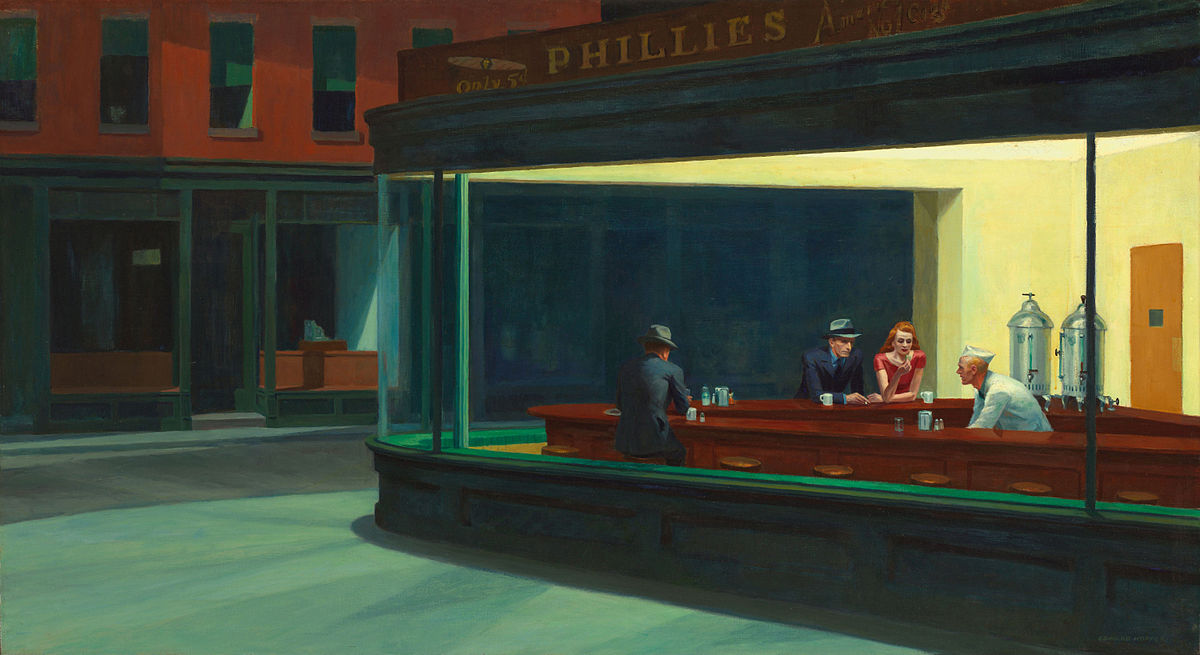
Were you also born in New York like the painter?
Cherylyn Lavagnino: No, I was born in California, but have lived in NYC for 30 years. Many of Hopper’s paintings reflect the areas of NYC I frequent — I find some NYC locals still have the essence he created in his paintings. When my son was applying to NYU and thinking of entering social work, we visited the NYU Social Work building on Washington Square where Hopper actually lived and worked. We were able to see the room with the skylight which served as his NYC studio for most of his life. We were so moved by this opportunity.
Hooper’s New York is full of silence and solitude—but a comfortable kind of loneliness, if you ask me. Hence my surprise when I read your artist statement describing his paintings as portraits of despair. What info am I missing?
Cherylyn Lavagnino: I have done extensive reading — most recently, “An Intimate Biography, Edward Hopper” by Gail Levin — that supports the sense of loneliness and despair he suggests in his work. He was very emotionally withdrawn and difficult in his relationships with people. He found the modern world to be dehumanizing, as it left people behind — farms in disrepair, a loss of purpose and belonging, people in solitude with a sense of despair and longing. Look deeply at some of the paintings; Summer Interior in particular expresses a feeling of erotic tension and loneliness. In many of his paintings we see how Hopper is drawn to the erotic, but is repelled and unable to participate in it — see Soir Bleu. Hopper’s early relationships were unrequited and caused great heartache and disappointment for him. One can feel this sense of abandonment and detachment as you stand in front of the actual paintings.
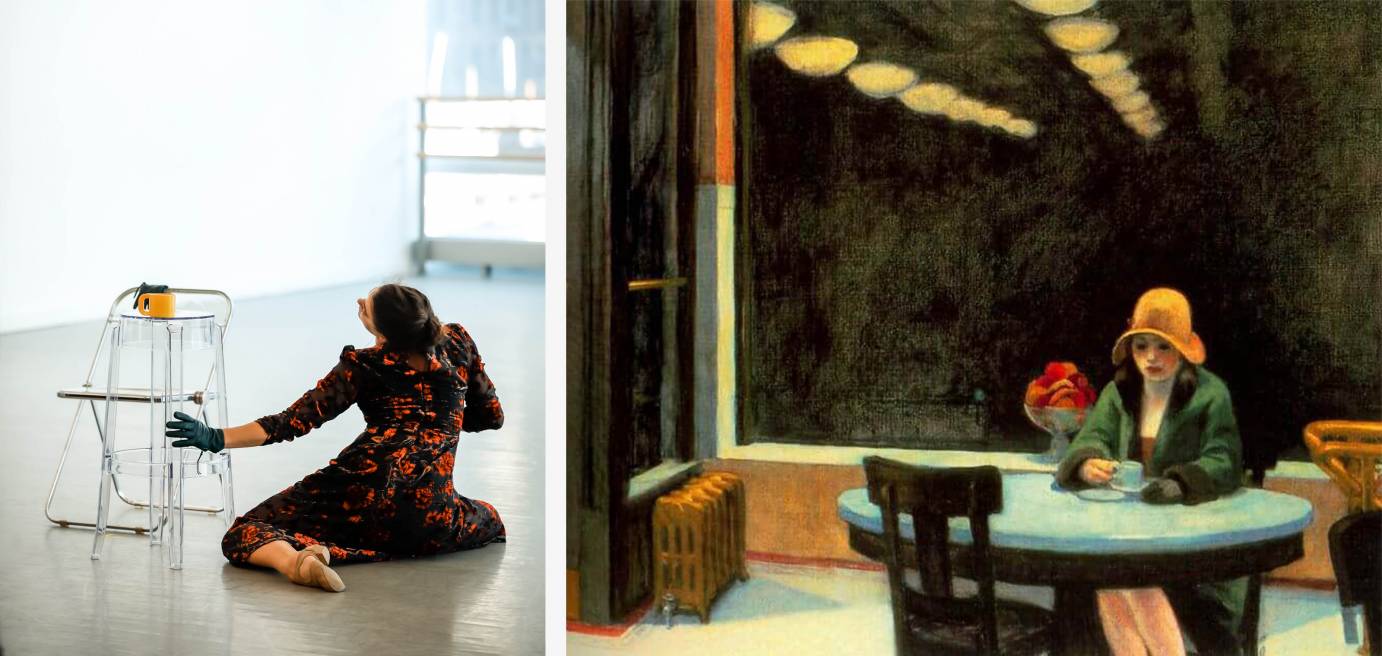
How many and which of his paintings were used as a springboard for your dances? Was it one pairing per vignette?
Cherylyn Lavagnino: Eight paintings so yes, one painting per vignette for Morning Sun, People in the Sun, Gas, Office at Night, and New York Movie. However, I did create my own story for the remaining three paintings: Sunlight in a Cafeteria, Nighthawks and Automat. Here, I imagined the woman in Sunlight in a Cafeteria was the same woman as in Automat. I created a love triangle between the male figure and the two females. The female in Sunlight in a Cafeteria and in Automat is a love interest outside of his long-term relationship with the woman in Nighthawks.
I’ve seen clips of your company’s rehearsals and thoroughly enjoyed them. The choreography seems to be less about continuity (from the paintings) and more about movement infused with a touch of humour and grace.
Cherylyn Lavagnino: I felt for the entire arc of the work I would need some relief from the austerity of Hopper's aesthetic, so again, I took some artistic license and brought a humorous touch to several of the vignettes. When you see the entire body of work you will find a range of emotions from one vignette to the other. A number of the sections capture the loneliness and disappointment mentioned before.
.jpg)
Does Nivison “Jo” Hopper, Edward Hopper’s wife, his muse and a fellow painter, make an appearance in Tales of Hopper?
Cherylyn Lavagnino: Yes, she does. For me, the woman in Nighthawks is Jo. We see her sense of betrayal, as her male partner in this series of vignettes becomes involved with the woman from Cafeteria in the Sun and Automat. Hopper’s marriage was very complicated and fraught. He was unsupportive of Jo’s own career as a painter, and he did everything he could to prevent her from having any recognition and success. He also kept a great emotional distance from her a good deal of the time.
Did Martin Bresnick have a go at composing his music first or did you present the skeleton of your choreography beforehand?
Cherylyn Lavagnino: Martin and I worked in tandem. I asked him to send me samples of pre-existing music that he thought might work for each section, as I prefer to work with some music as I begin creating. My dancers worked with me to develop material to these musical sketches, and when we had substantial choreographic material, we sent videos to Martin. Responding to our sketches, he composed the final music and we began creating directly to those scores. We are still finding details in the music as we rehearse and further develop Tales of Hopper.
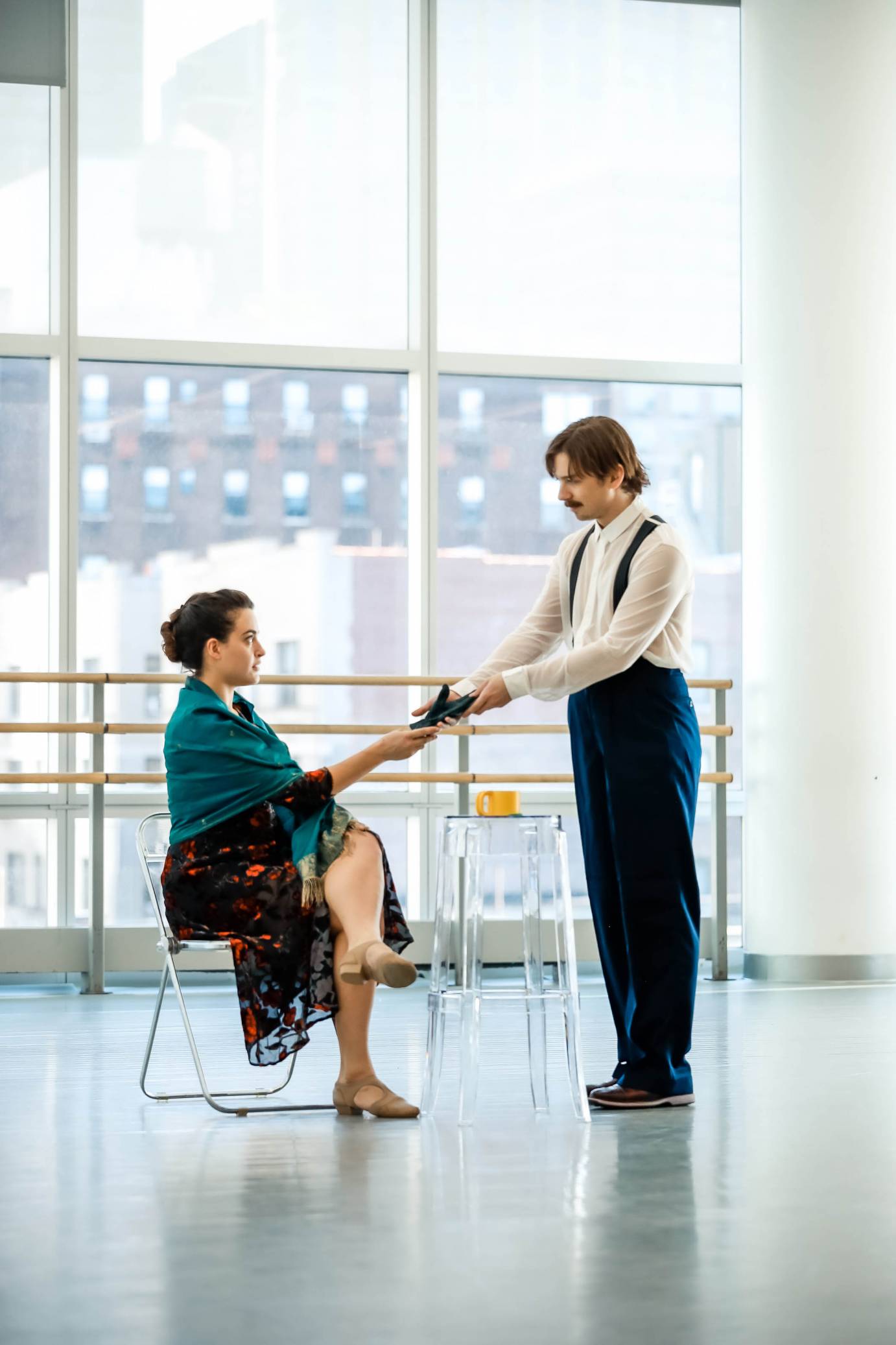
Are there any thematic or aesthetic links between the Hopper program and the two repertory works that will also be presented?
Cherylyn Lavagnino: I selected the two repertory works based on a consideration of the musical programming. In both pieces, the choreography was inspired by the music. Because we are presenting in the home of the Orchestra of St. Luke’s, that connection was important to me. I chose to show Veiled, my first collaboration with Martin Bresnick. It is set to his score Josephine the Singer, which is played live by violinist Elly Toyoda.
Triptych is the second repertory piece in the program, which has a score I admire by composer François Couperin.







